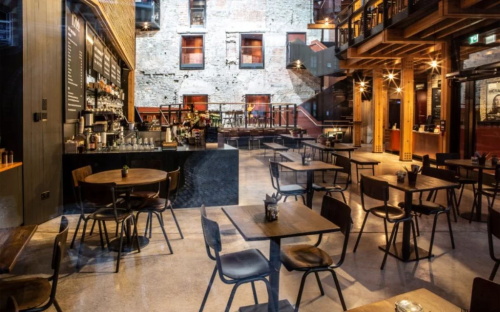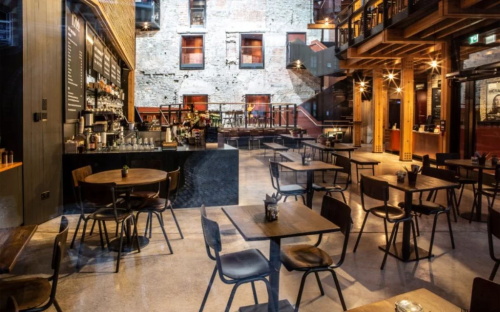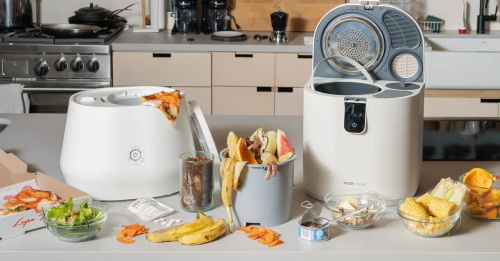How Salvaged Elements Are Transforming Interiors?

Second-life materials captivate with their patina, imperfections, and inherent narratives. Unlike mass-produced goods, each salvaged item is imbued with a provenance—whether it’s an antique door, a repurposed masonry brick, or vintage industrial piping—which transforms interior spaces into living museums of personal and collective memory.
Reclaimed wood, for instance, offers warm grains and knot patterns absent in new lumber. Salvaged metal often bears unique aging marks, which metallic coatings or polished finishes simply cannot replicate. These characteristics invite tactile engagement and visual depth, elevating ordinary rooms into rich, layered environments.
Sustainability Meets Style
By diverting materials from landfills and reducing the demand for virgin resources, salvaged elements significantly cut down on embodied carbon and energy consumption associated with production and transport. This approach aligns with eco-conscious values and fosters an ethical supply chain—often involving local deconstruction efforts that support regional economies and craftsmen.
Incorporating second-life materials epitomizes the circular economy model: materials are kept in use, restored, and re-imagined rather than discarded. This ethos extends beyond décor choices and permeates daily living—encouraging repair, repurposing, and thoughtful consumption across all facets of life.
Aesthetic Versatility in Interiors
Salvaged elements seamlessly adapt to diverse design schemes. In a farmhouse kitchen, reclaimed barnbeam shelving reinforces rustic authenticity; in a minimalist loft, sleek steel girders from a decommissioned factory inject industrial edge. Mixing old and new creates striking contrasts that feel deliberate and curated.
Every piece tells a story—an original function, a passage of time, a previous setting. Homeowners become storytellers, arranging items to reflect personal journeys or communal heritage. Architectural salvage like corbels, columns, or vintage windows provides focal points that encourage conversation and connection.
Lifestyle Impact: Cultivating Mindful Living
Choosing salvaged materials nurtures a pause-and-ponder mindset—questioning impulse buys and favoring durable, meaningful possessions. This intentionality extends to other lifestyle areas: clothing, food, and leisure, promoting overall well-being and reduced environmental impact.
Surroundings imbued with stories enrich our emotional landscape. Studies show that environments reflecting personal identity and heritage can boost comfort, creativity, and psychological health. Salvaged interiors offer these benefits organically, empowering inhabitants to craft narratives that resonate with their values and memories.
Salvaged materials transform interiors into personalized sanctuaries that champion sustainability, celebrate history, and foster mindful living. By weaving second-life elements into our homes, we not only reduce ecological footprints but also enrich our daily experiences with texture, story, and authenticity. In doing so, we craft spaces—and lifestyles—that honor the past while inspiring a more conscientious future.



